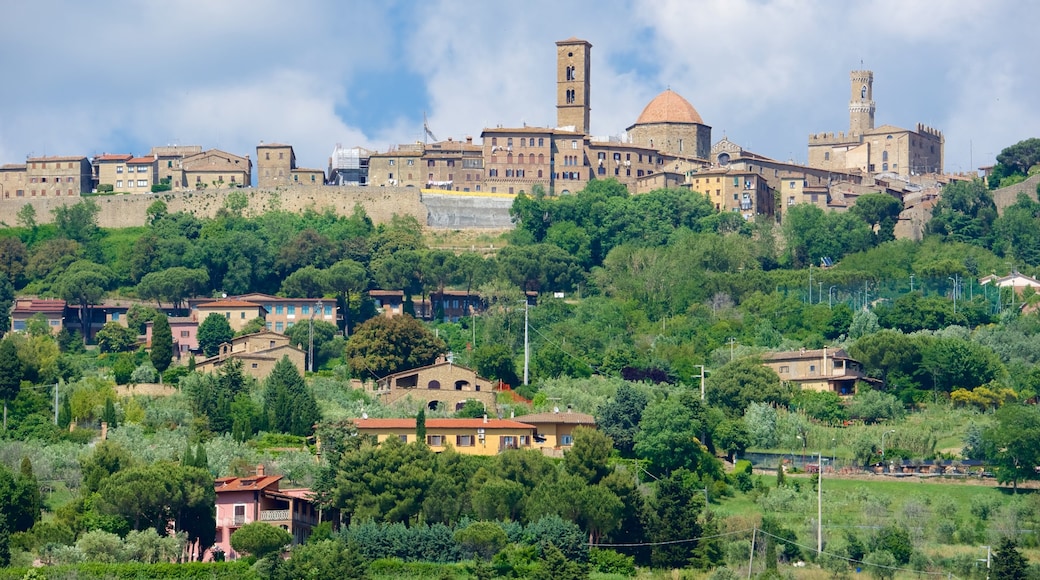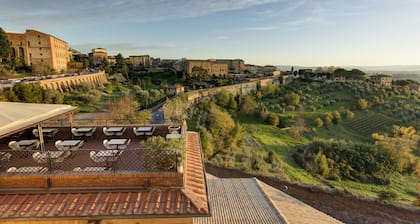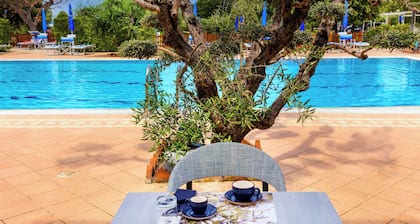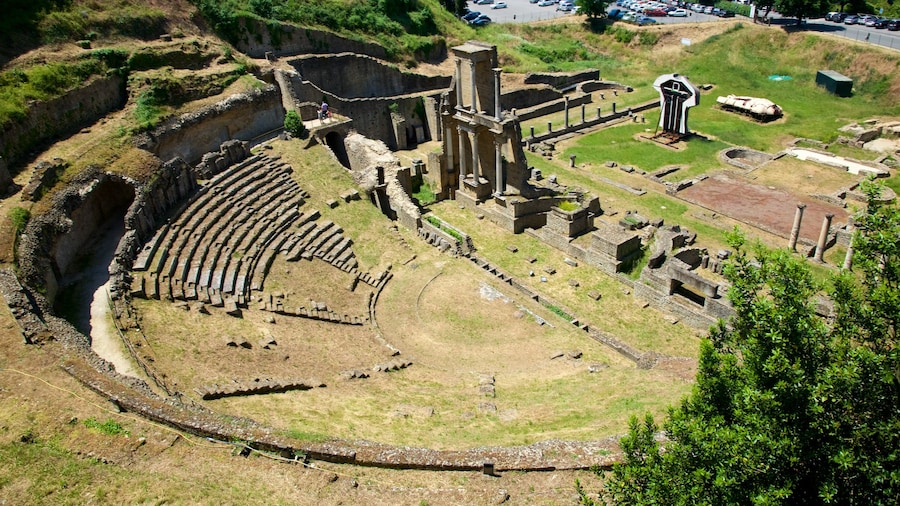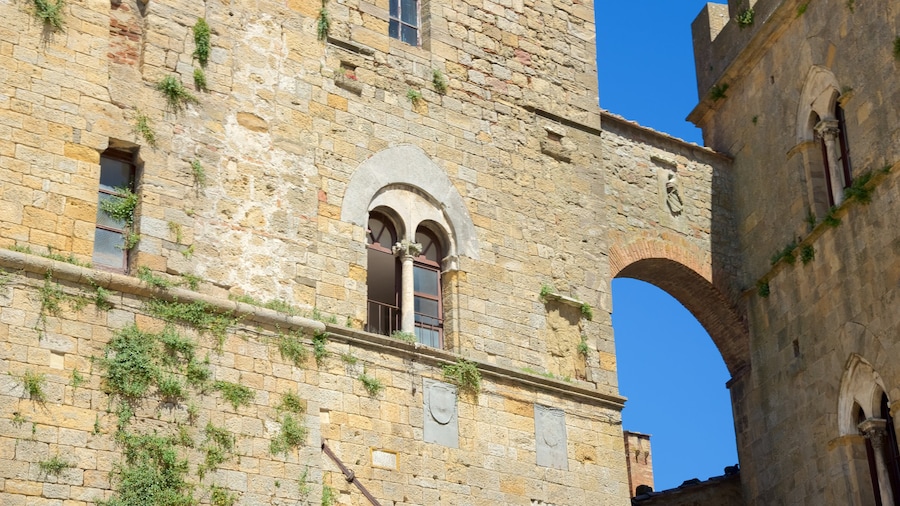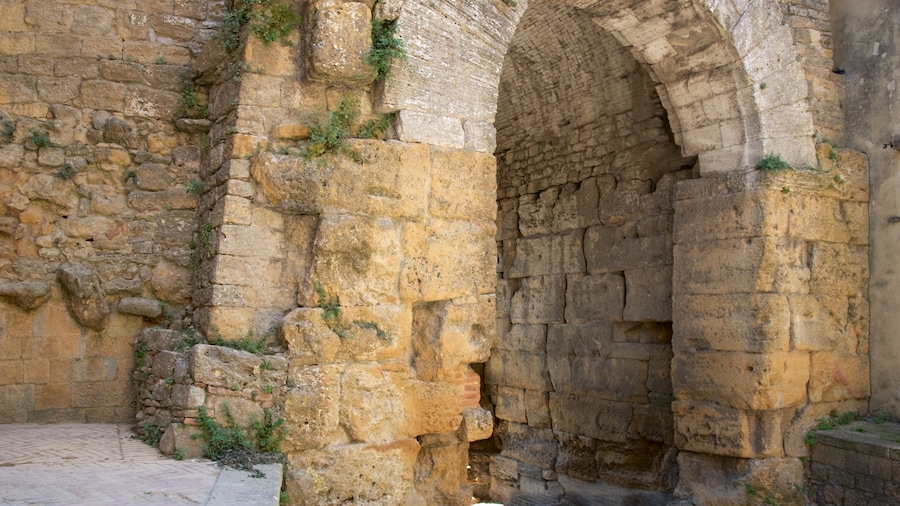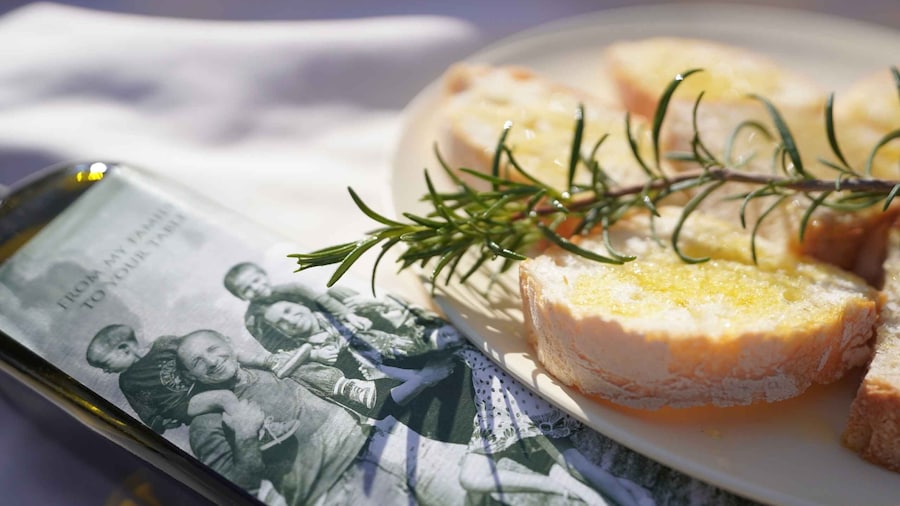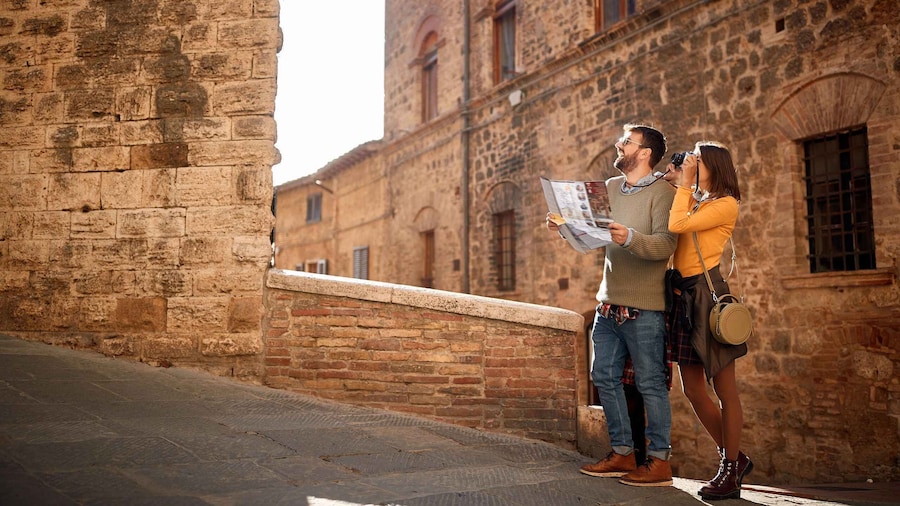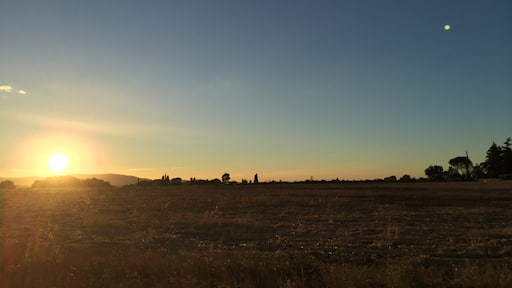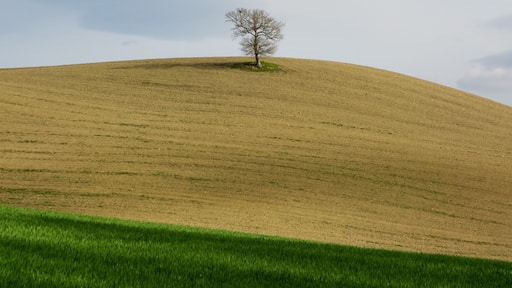Experience the enduring charm of rural Tuscany in Volterra, a town of historic burnt-red buildings and ancient archaeological sites. Etruscan, Roman and medieval settlers have all left their mark here. Modern Volterra celebrates this layered history.
Originally, Volterra was a flourishing Etruscan settlement named Velathri, with around 25,000 people from the ancient civilization living here. Romans moved in around the 3rd century B.C. and named it Volaterrae. Explore the town today to see remnants from both of these periods, as well as numerous buildings from its time as a free commune in the 12th and 13th centuries.
Start your exploration of Volterra by surveying its ancient relics. Look for Etruscan architectural sights such as Porta all’ArcoOpens in a new window, a gateway with faded sculptures of human heads, and the Etruscan Acropolis, the ruins of a religious site.
Learn more about this mysterious civilization in the Guarnacci Etruscan Museum. Browse funerary urns and artistic sculptures carved from alabaster. Read about the town’s connection to the stone in the Ecomuseum of Alabaster.
Move on to Roman times next, seeking out classical architecture in the town. Begin with the Roman TheatreOpens in a new window, a sunken arena that once hosted 2,000 spectators. Imagine rich patrons visiting the Roman Baths, where you can still see the remains of the furnace and sauna.
Discover medieval Tuscany in Piazza dei PrioriOpens in a new window. The main square in the town features some of Volterra’s most impressive landmarks. Admire the frescoes in Palazzo dei Priori and the triple-arched loggia of Palazzo Pretorio. Nearby, the Cattedrale di Santa Maria Assunta features striking artwork and monuments to Volterran saints.
Visit Volterra in July and August, the peak season in Tuscany, and witness the modern, lively side of the town during the Volterra Jazz Festival. Catch a train from RomeOpens in a new window or FlorenceOpens in a new window, or hop on one of the local buses to get into Volterra. The town is just an hour away from many of Tuscany’s other cultural cities.
